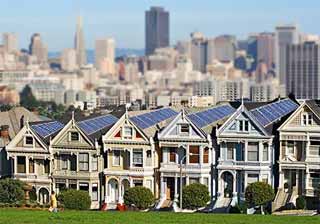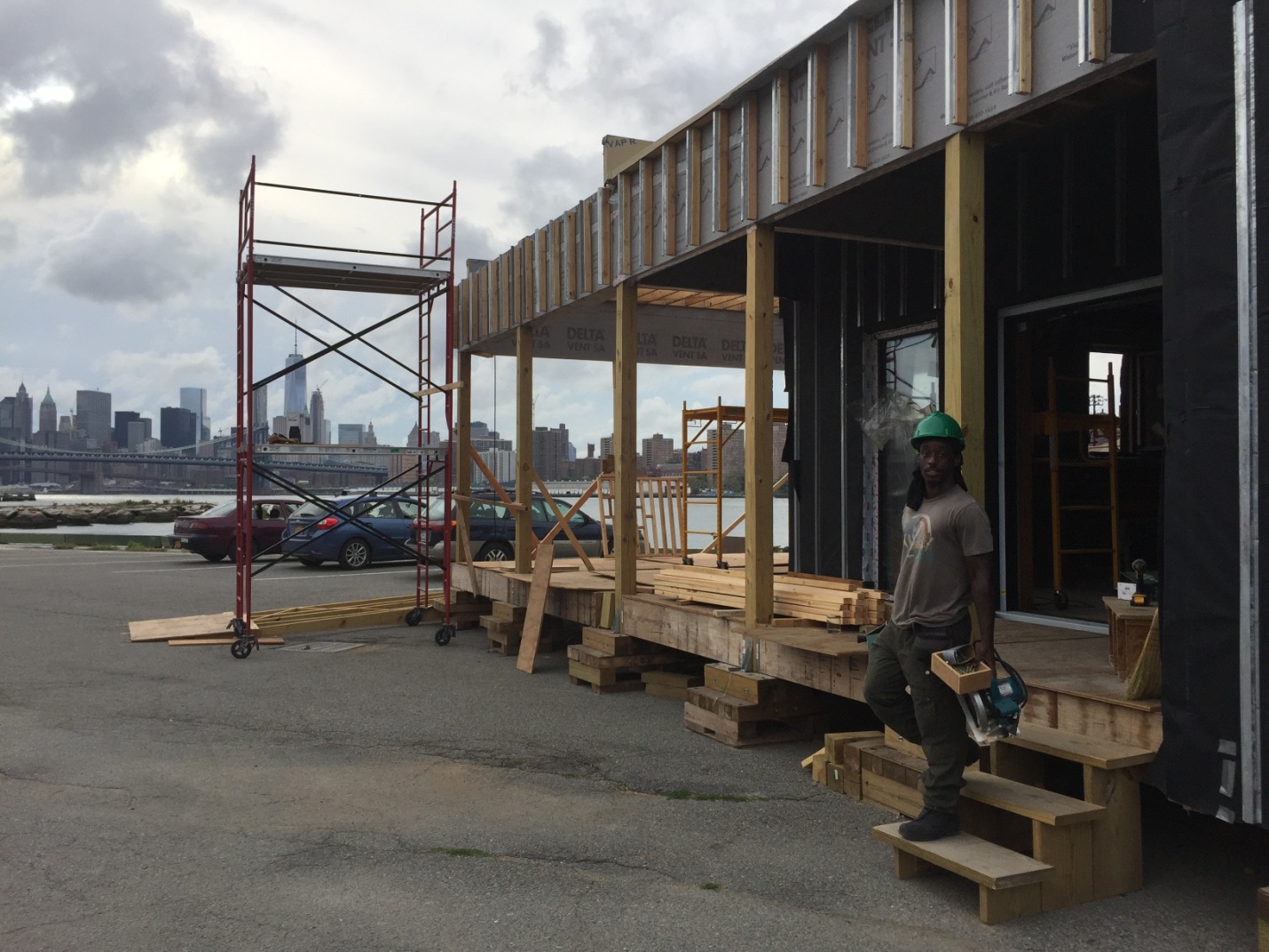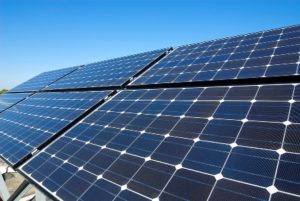Written by Katie Schwamb
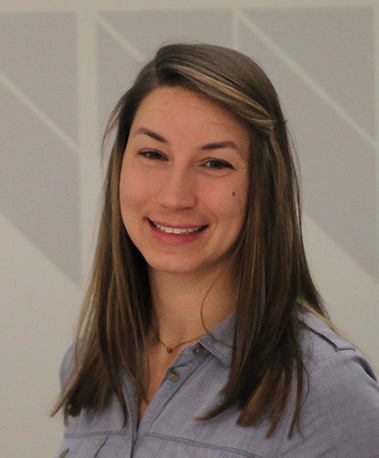
Katie Schwamb, one of the project’s contributing sustainability consultants
The Lantern Organization’s Lindenguild Hall is a 104-unit multifamily residential project that provides permanent shelter for under-served populations in the Bronx. On-site supportive service programming, open-use learning and activity rooms, and outdoor leisure space provide an enriched living experience for tenants. Contributing to the programmatic requirements of both LEED® for Homes™ and NYSERDA’s Multifamily Performance Program (MPP), the building’s sustainable and energy-efficient design features include high-efficiency boilers, a high-performance envelope assembly, low-emission finishes, low-flow plumbing fixtures, and a water-efficient landscaping and irrigation system. While all of these design elements contribute synergistically to high-performance operation, there is one feature that distinguishes Lindenguild Hall from many other affordable and supportive housing projects in New York…its extensive photovoltaic (PV) array.
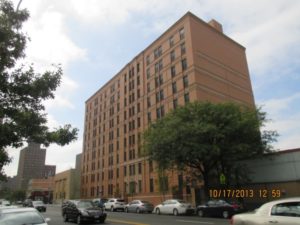
Lindenguild Hall – Green Affordable Housing
Located on the building’s high-albedo roof, this 66-module solar electric array captures energy to help power lighting, heating, and cooling systems within the building’s common spaces, while reducing overall demand on the city’s electrical grid. An advanced feature of Lindenguild Hall’s PV system is its capacity for online monitoring, which provides building managers with real-time results, including metrics for solar generation in kW (kilowatts) and the overall kWh (kilowatt-hours) generated to date. Availability of this data enables management to assess the positive impact of renewable energy systems on their building’s performance. Long-term implications of alternative energy production on building stock include reduced life-cycle cost and protection against municipal energy uncertainties. Though less quantifiable , installation of innovative green technology adds momentum to standardizing sustainability in affordable housing design.
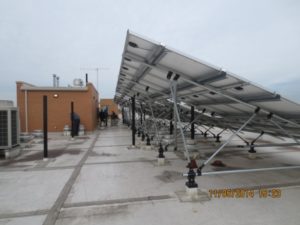
Lindenguild Hall – Solar Array
Lantern Organization, a not-for-profit housing developer and service provider, operates by actively addressing housing needs and offering social initiatives to strengthen disadvantaged NYC communities. SWA’s Residential Green and Multifamily New Construction groups helped Lindenguild Hall navigate the LEED for Homes program and secure NYSERDA MPP incentive funds. Committed to delivering the greatest benefit to their residents, Lantern acknowledges the added value of incorporating green building features into their affordable projects. Increased energy efficiency and improved indoor air quality potentially translate to lower energy cost burden and decreased susceptibility to disease for low-income populations.
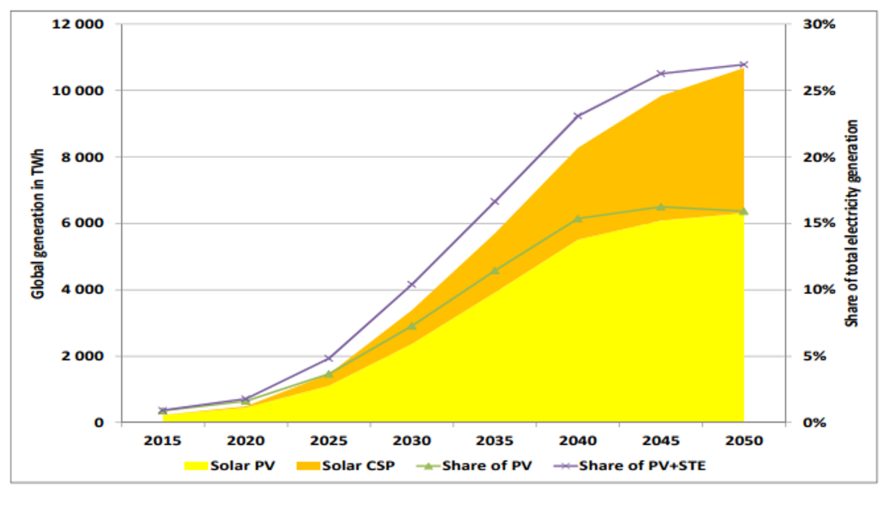 In their 2014 Technological Roadmaps for solar PV and solar thermal electricity (STE), the International Energy Agency (IEA) predicts Solar PV and STE to represent over 25% of global electricity generation by 2050.
In their 2014 Technological Roadmaps for solar PV and solar thermal electricity (STE), the International Energy Agency (IEA) predicts Solar PV and STE to represent over 25% of global electricity generation by 2050.
